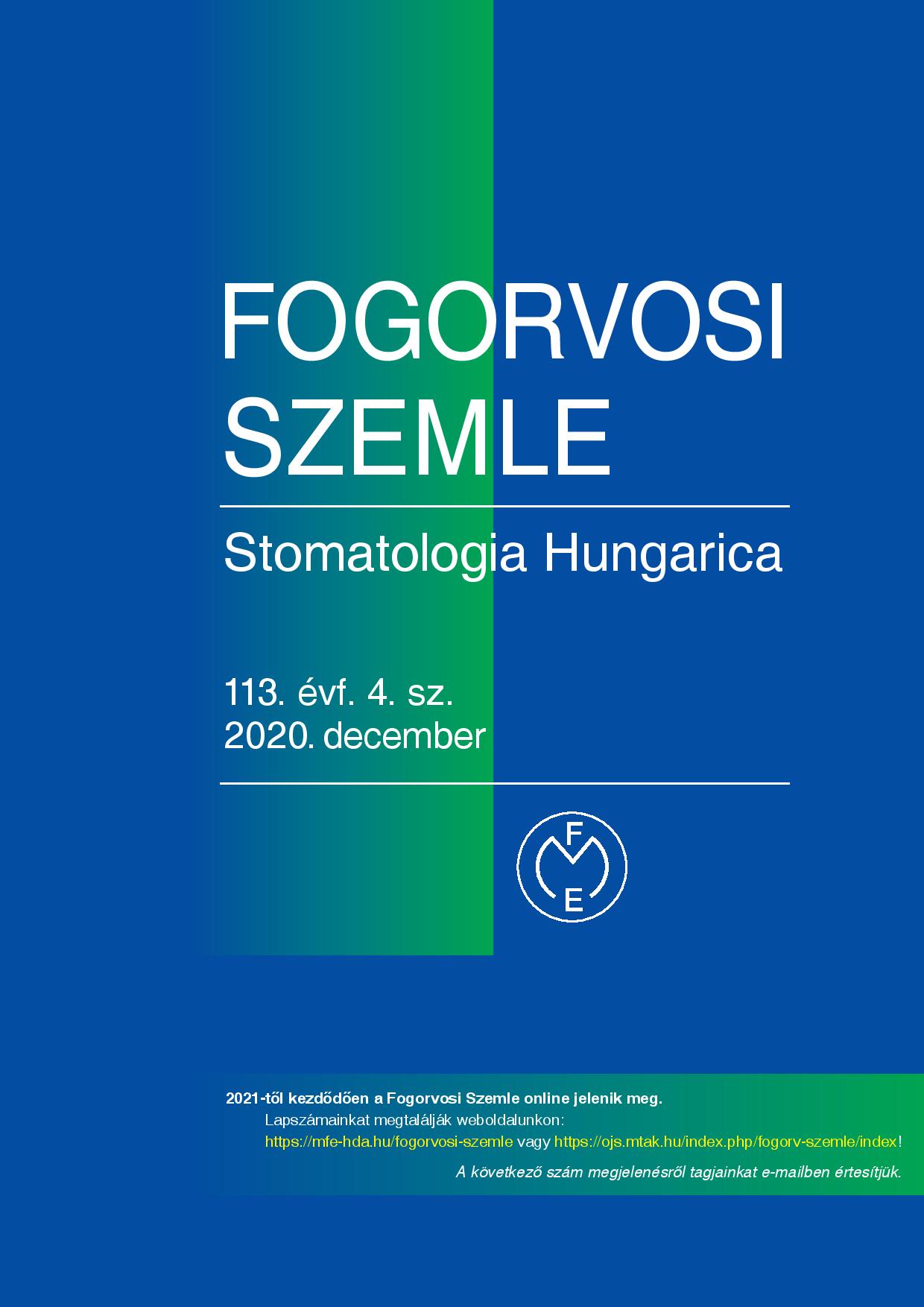Medical emergencies in dental practice
Abstract
The number of the medical emergencies in the dental office presumably will increase due to the prolonged duration of
the interventions, the increased utilization of anesthesia and the stress of fear. The following three things are needed in
order to prevent such emergencies: preparedness of the staff, availability of the appropriate medicines and devices. Authors
overview the prevalence (19% to 67%) and occurrence (2–20/year) of emergency situations in the office. The most
frequent medical problem was the syncope (16,0–54% of all emergencies), the second frequent problem was the diabetes-
related problems and the third one was the hypertensive attack/crisis and allergic reactions. All the authors of the
surveyed literature emphasize the importance of the “emergency plan” and the drill of the crew. Authors suggest a list of
medicines and devices as an essential tool for the treatment of the medical emergencies. This suggestion can be a good
source for making the existing professional guideline more accurate. Moreover, the analysis of the international literature
points out the most important issues of the emergency treatment in the dental office and it can make the education more
effective and the dentist fit for face to with the unforeseen and suddenly occurred emergency situations.
Copyright (c) 2021 Authors

This work is licensed under a Creative Commons Attribution 4.0 International License.


.png)




1.png)



